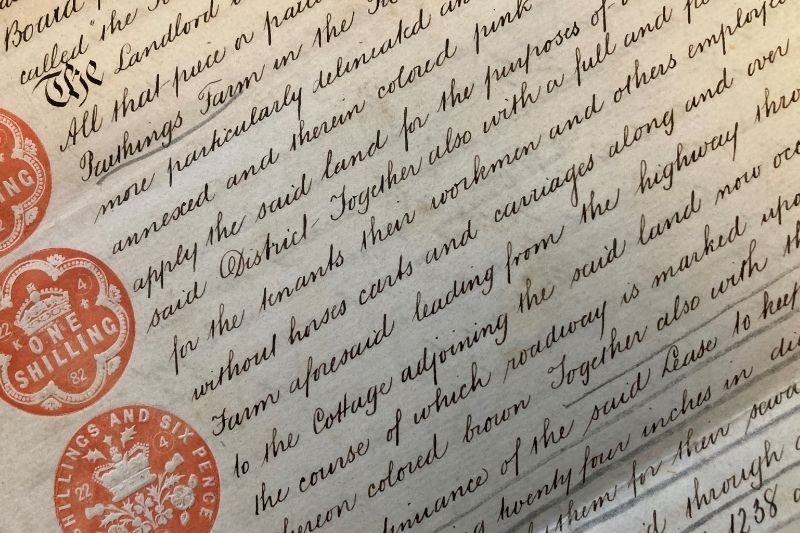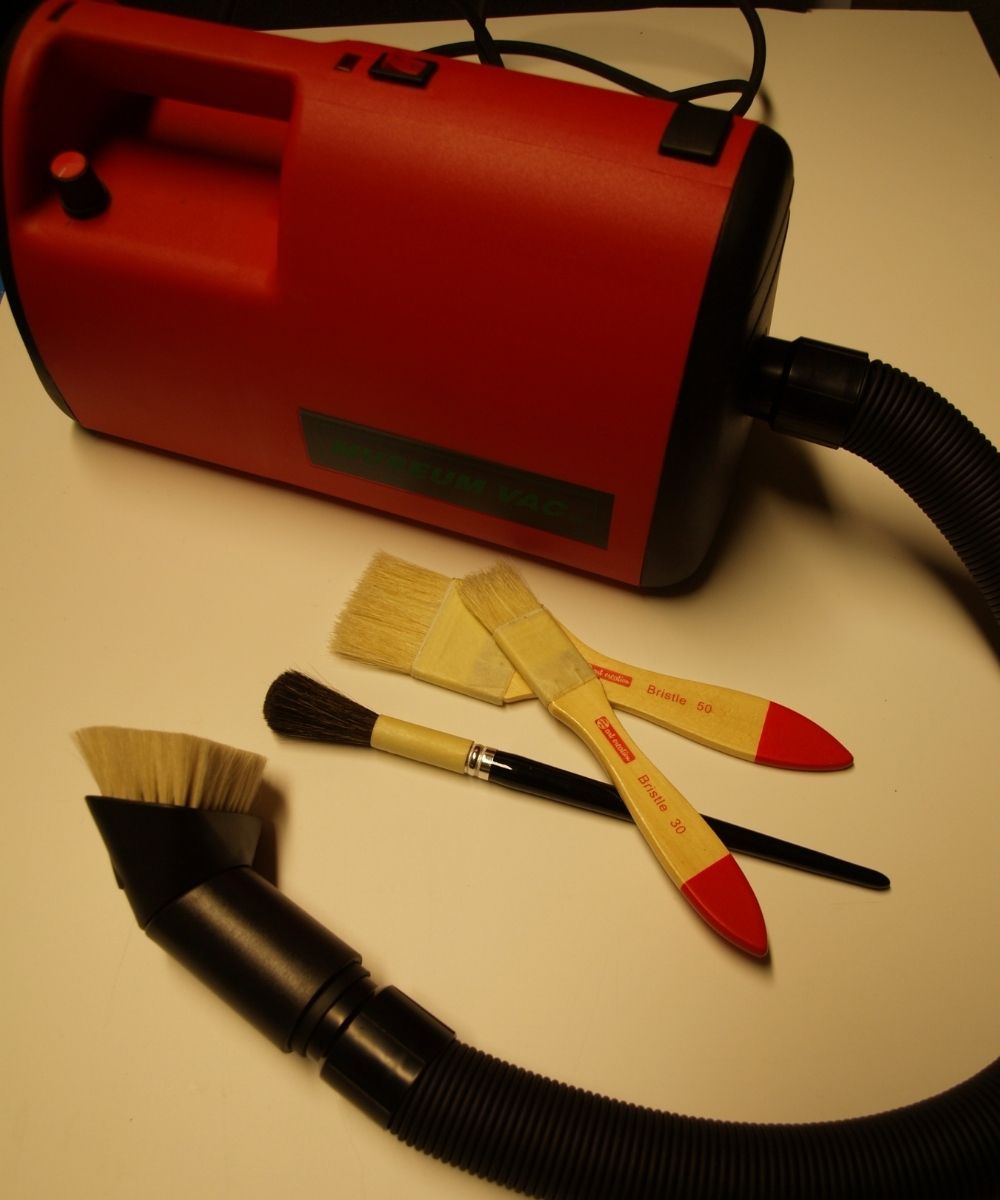
Find out more about the hazards and threats faced by historic objects in museums, and the ways in which conservators tackle them.
Horsham Museum has been building up a collection for over 120 years and has objects that range from modern to medieval to pre-historic. The collection is fabulously varied, with textiles, books, tools, archaeology and objects of all kinds on display and in storage. This wide range of objects is one of the things that makes Horsham Museum and art Gallery so special, and in order to maintain the wellbeing of this collection, an equally wide range of conservation techniques must be used. Old objects will often show wear and tear, and not much at the museum is in pristine condition! But this wear is a part of each object’s individual history, and while it is our mission to protect the objects, a conservator will be able to do that whilst also preserving that state that makes that object unique.

Historic collections face threats from many different sources. Too much light will damage surfaces and cause colours to fade while a high humidity will encourage mould to grow and cause wood to swell and contract, damaging complex objects. If left untended, dust will build up on displays and eventually form a layer like cement that will give objects a grey hue and provide a food source for insect pests. Pests like clothes moth and carpet beetle will attack textiles (Ironically clothes moth prefer to eat carpets and carpet beetles prefer to eat clothing, but we can’t get everything right) and Woodworm and Deathwatch beetles will burrow through wood, leaving distinctive holes in precious objects. Different types of objects are at greater or lesser risk from these, and many more threats, and each object requires care suited to its needs.
To meet this range of threats, conservators and museum staff have a plethora of tools and techniques at their disposal to look after collections. Environmental conditions are closely monitored by remote sensors and humidity is controlled by raising or lowering the temperature of the room. This way levels can be kept consistent and within the safe range. You might notice that window blinds are kept down in the museum showrooms, this keeps out sunlight and the damaging UV rays that come along with it. Pest traps are located around the building and regularly checked so that we can act quickly if an infestation occurs. Conservators use a selection of brushes with soft natural fibres that can remove dust from delicate objects without causing damage, and special hoovers with adjustable suction and filters to eradicate mould.
No object will last forever (although our 200 million year old fossils may yet prove that wrong) but with proper attention and methodology we can slow the pace of deterioration and keep Horsham’s history alive for centuries to come.

Published: 20 Nov 2021
